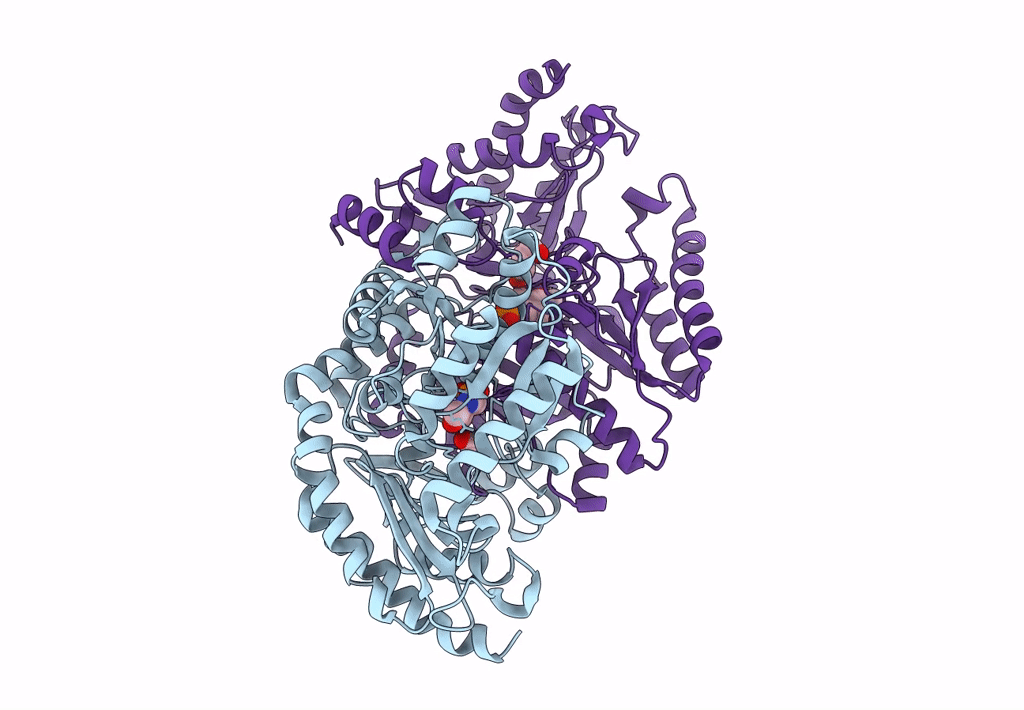
Deposition Date
2022-08-03
Release Date
2023-05-24
Last Version Date
2023-11-29
Entry Detail
PDB ID:
7YPN
Keywords:
Title:
Crystal structure of transaminase CC1012 mutant M9 complexed with PLP
Biological Source:
Source Organism:
Caulobacter sp. D5 (Taxon ID: 357400)
Host Organism:
Method Details:
Experimental Method:
Resolution:
2.05 Å
R-Value Free:
0.21
R-Value Work:
0.18
R-Value Observed:
0.18
Space Group:
P 1 21 1


